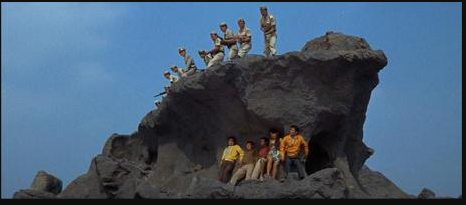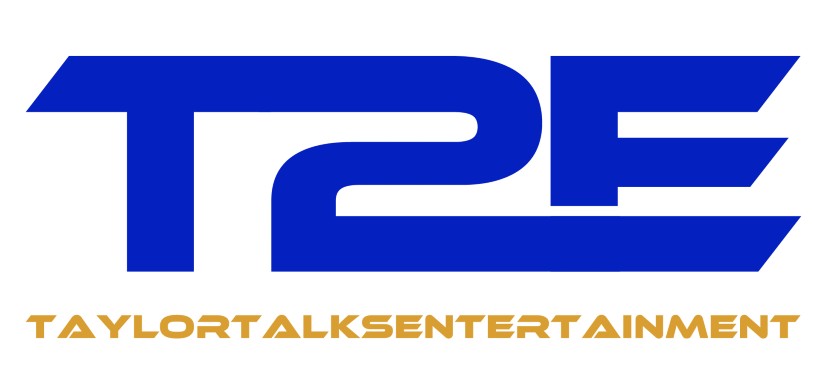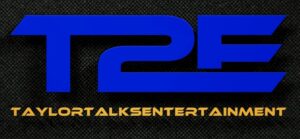Last week proved to be a pleasant surprise with Invasion of the Astro Monster, a film that I hadn’t watched for the better part of 15 years and was rather impressed with what the film had to offer. Today’s film was another unknown as I hadn’t seen it for even longer than the last film. After watching it, I can say that it is definitely a unique film within the history of the franchise on pre-production aspects alone. But let us not waste another moment, this is Ebirah: Horror of the Deep!
Introduction & Pre-Production
The year is 1966 and the movie Invasion of the Astro Monster has managed to find some success both domestically and abroad. But at this time Toho had their mind set on producing another film about King Kong. This is a monster they had already produced a film about as Toho had negotiated a contract with Kong’s rights holders, Radio Pictures Inc., or RKO for short. This contract eventually gave life to the Toho produced Kong film, 1967’s King Kong Escapes. The road to this film was arduous and not even the first idea for the film they had in mind for Kong.
Development on the film that would become Ebirah began in 1966 and the film was slated to be Operation Robinson Caruso: King Kong vs. Ebirah. Script concepts were created by Shinichi Sekizawa who had written every Godzilla film since the original King Kong vs. Godzilla as well as 1961’s Mothra. His scripts were known to be more lighthearted compared to prior films in the franchise.
Kong vs. Ebirah was set to be co-produced by Toho and Rankin Bass productions. Rankin Bass would soon pull out of the project when Toho planned to have newcomer Jun Fukuda direct and special effects were to be overseen by Tsburaya’s protégé, Sadamasa Arikawa. These choices were to replace franchise veterans Ishiro Honda and Eiji Tsburaya. Toho and Rankin would resolve their conflicts by 1967 in time for the production of King Kong Escapes. But their disagreement left this film script in a bit of a unique situation.
When Rankin Bass pulled out of the production Toho decided to switch focus and make this a Godzilla film rather late in development. Hence, why we’ll see some very Kong-esque personality traits in Godzilla when we hit the narrative summary. In fact, by the time Fukuda was brought onboard the script already had Godzilla in the story and Fukuda never saw a version of the script featuring Kong. The film is also famous for having vast amounts of cut scenes that were present in publicity photos but nowhere to be seen in the final film.

Once the project became a Godzilla film the initial title for the film was Godzilla, Ebirah, Mothra: Big Duel in the South Seas. The final title in Japan ended up being Ebirah: Horror of the Deep whilst the English version released directly to home video and television in 1968 was called Godzilla vs. the Sea Monster. Akira Ifukube also declined the chance to be involved with the film and the score was instead composed by Masuro Sato. Production was overseen by Tomoyuki Tanaka. The film starred series regulars Akira Takarada and Akihiko Hirata, alongside Kumi Mizuno, Chotaro Togin, and Hideo Sunazuka.

Writing & Synopsis
Ebirah: Horror of the Deep starts with a group of photojournalists stowing away on a yacht only to end up stranded on a seemingly deserted island in the Pacific Ocean. The island is controlled by the “Red Bamboo,” a terrorist organization that has enslaved the island’s natives in order to make nuclear weapons. To make matters worse, there is a giant crustacean monster Ebirah who attacks any ship that attempts to leave the island. Our protagonists are trying to escape the island, with a little help from an unlikely source.

This film’s narrative is rather unique in a very weird way. At first glance it looks like something you would see on a 60’s spy television series. This does give it some credence as the director Fukuda had a lot of experience working in television and this was his first film. Godzilla’s presence in the film feels more like an afterthought for the sake of tradition as he comes relatively out of nowhere, inexplicably sleeping on the side of a mountain.
I mentioned earlier that they gave some Kong-like attributes to Godzilla, namely a call back to Kong vs. Godzilla where Kong was inexplicably strengthened by bolts of lightning (a holdover from a Frankenstein vs. Kong script) and we see Godzilla awakened by bolts of lightning. Godzilla also seems rather fixated on a female native on the island in a very King Kong manner. Godzilla also seems out of his element in water in a very out-of-character design choice since Godzilla in the past had been equally at home on both land and at sea.
This film conveys a bizarre and more lighthearted tone, which we’ll see quite a lot later in the franchise. However, here it feels less like a film and more like an extended television episode. The terrorist organization literally has a self-destruct button built into the island. The storyline is delightfully bizarre, but I kind of respect it for its commitment to irreverent dumb fun. This is not a film looking to deliver a serious message, but rather a wacky film about terrorists controlling a giant crawdad fighting a giant lizard. Go in with your expectations tempered because this is a film that entertains and nothing more, but you will definitely enjoy what the film has to say.

Presentation & Score
Ebirah: Horror of the Deep took place in a rather unique setting for the franchise. All Godzilla movies prior either were located in Japan or in space, whilst this film was set on a tropical Pacific island, much like the film made directly after this one, Son Of Godzilla. Ebirah was the first film in the franchise to have special effects overseen by Arikawa instead of series long-runner Tsburaya. However, Tsburaya was still credited as the special effects director and had final say on Arikawa’s effects. Given that Arikawa was responsible for the effects, Toho imposed a smaller effects budget than was available for all previous films, citing Arikawa’s inexperience as the reason.

Toho had several budgetary constraints placed on the film as their effects director had only worked on television up to this point and believed that he could produce the film’s effects for less money. Among these constraints was Toho’s demand for as few composite shots as possible. A couple of them made it in, involving Mothra and Godzilla near human characters but nowhere near the amount in previous films. This film also marked the directorial debut of Jun Fukuda, who would go on to be involved with several more films in the franchise. Between the budgetary constraints and studio meddling, Fukuda did not look back on the production fondly. Toho sent him a copy of the film once it had been released on home video and Fukuda was quoted saying, “It was like opening an old wound. I didn’t watch the tape.”

Despite all the meddling from Toho in production the film’s composer, Masaru Sato was actually selected by Fukuda. He was intentionally going for a different tone and approach than the likes of Honda and Ifukube. The themes on the soundtrack were noticeably lighter in tone than on previous Godzilla scores. The film’s producer, Tanaka was not in favor of this decision, but Fukuda stuck to his guns and maintained that it was critical for the film. I’ll admit I prefer Ifukube’s scores in this franchise by a wide margin, but Sato’s work does carry a unique identity and fits the tone the film was going for.
Filming the underwater scenes took over a week with the actors in Godzilla and Ebirah suits working 11 hour days until shooting was complete. The scenes themselves were filmed on an indoor soundstage through the glass of a water filled aquarium. Despite having a distinctly tropical setting, all these water scenes were in fact filmed during the winter.
Ebirah: Horror of the Deep saw its theatrical release in Japan on December 17, 1966, whilst the American version received no theatrical release since it aired directly on television through Continental Distributing. An interesting fact about the English versions is that there are two different English dubs. The original was recorded in the 1960s by the company Titra and is what you’ll find on the VHS release. However, DVD and Blu-ray releases have additional scenes and dialogue since Titra didn’t use the whole film after cutting several scenes. Another thing is that in the 2019 Criterion Collection Blu-ray, which is a compilation of 15 classic films in the Showa era, they included the Japanese version, not the English one.
Conclusion
Despite starting its production cycle as something that wasn’t even going to feature Godzilla we got a film that tries to do something different, and I feel it succeeds in that regard. What a film might have initially been doesn’t necessarily guarantee what it will end up being. The much loved classic Kong vs. Godzilla originally wasn’t going to feature Godzilla either, but it ended up becoming one of his most beloved films in the eyes of the fandom. I don’t think Ebirah is on that level, but I find it an interesting detour in a franchise that tried to do something new, and I respect it for that. I recommend this film to fans of the franchise who haven’t seen it and to those who like their monster movies wacky and weird. See you all next week when we cover Son of Godzilla!
Patron Shout-Out
Special thanks to our loyal patrons without the support of our content would not be possible:
Francisco
Lisa




